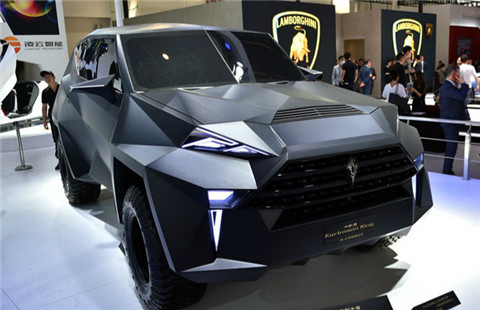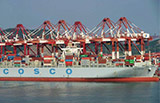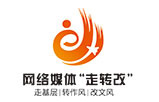Shanghai Jiangnan Shipyard ready to deliver world's largest LEG vessel
By Wang Ying (China Daily) Updated: 2016-05-04 07:42The world's largest liquefied ethylene gas carrier under construction at Shanghai's Jiangnan Shipyard (Group) Co Ltd was named Navigator Aurora on Tuesday ahead of its delivery later this month to London-based Navigator Gas, a major operator of liquefied gas carriers.
The 180-meter ship with a capacity of 37,500 cubic meters will be used to carry ethylene from a refinery in Pennsylvania to the south of Sweden, according to Tommy Hjalmas, director of newbuilds and special projects at Navigator Gas.
Since the late 1990s, Navigator Gas has placed a series of orders for LEG and liquefied natural gas carriers with Jiangnan Shipyard, said Lin Ou, chairman and general manager of the company.
Lin noted that they included an order for five 22,000-cubic-meter LEG vessels, the world's largest at the time.
"More than half of Navigator Gas' fleet has been built by Jiangnan Shipyard," said Hu Keyi, technical director of the shipyard. According to Hu, in the past few years, Navigator Gas has ordered four 21,000-cubic-meter LEG vessels, five 22,000-cubic-meter liquefied petroleum gas vessels and four 37,500-cubic-meter LEG vessels.
The Navigator Aurora is one of the four LEG ships priced at $80 million each. Another two will be delivered by the end of this year, with the last vessel scheduled for delivery next year, added Hu.
The ship, which burns both heavy fuel oil and LNG, is fully designed and developed at the shipyard. According to Hu, it is the shipyard's flexibility and research and development capability that helped win such high-value-added contracts in the face of tough competition from South Korean companies.
This is in stark contrast with the Chinese shipbuilders that saw their new orders fall 47.9 percent in 2015 from the previous year, as the data from the Ministry of Industry and Information Technology showed.
From January to February, Chinese shipyards completed orders of 4.2 million deadweight tons in total, down 24.4 percent year-on-year. The new contracts they received totaled 950,000 dwt, a plunge of 75.1 percent from the previous year and their handheld ship orders also dropped 19.4 percent year-on-year, according to the China Association of the National Shipbuilding Industry.
Despite the bleak situation, China remains a leading shipbuilding country in terms of completion, new orders received and handheld ship orders in 2015.
China's shipbuilding industry has also improved its consolidation as the country's top 10 shipyards have built 53.4 percent of the nation's total orders. They hold 70.6 percent of the country's new orders. In addition, there is a trend that China's shipbuilders are optimizing their product lines and increasing their value-added products among the orders, according to the Ministry of Industry and Information Technology.
"The industry players need to adapt to the market and make transition during the process," said Hu.
- Top 10 least affordable cities to rent in
- Running an Airbnb business is harder than it looks
- KFC opens concept store in Shanghai as fast food enters the digital age
- Baidu in spotlight over ad scandal
- CNOOC starts building new LNG tanks
- BAIC invests in major South African plant
- Sri Lanka encourages Chinese investment, ambassador says
- Chinese consortium withdraws bid for Australia's largest landholder

















